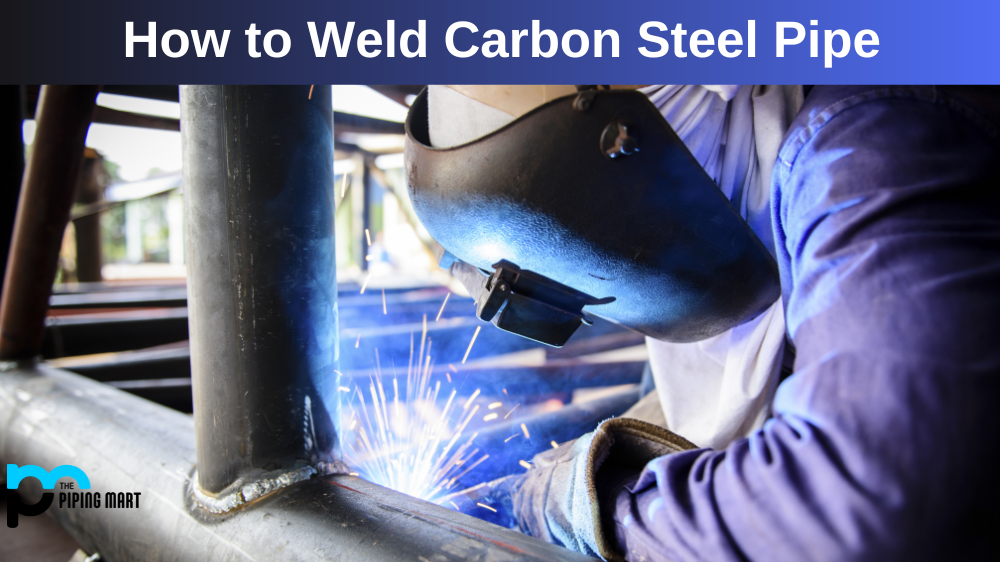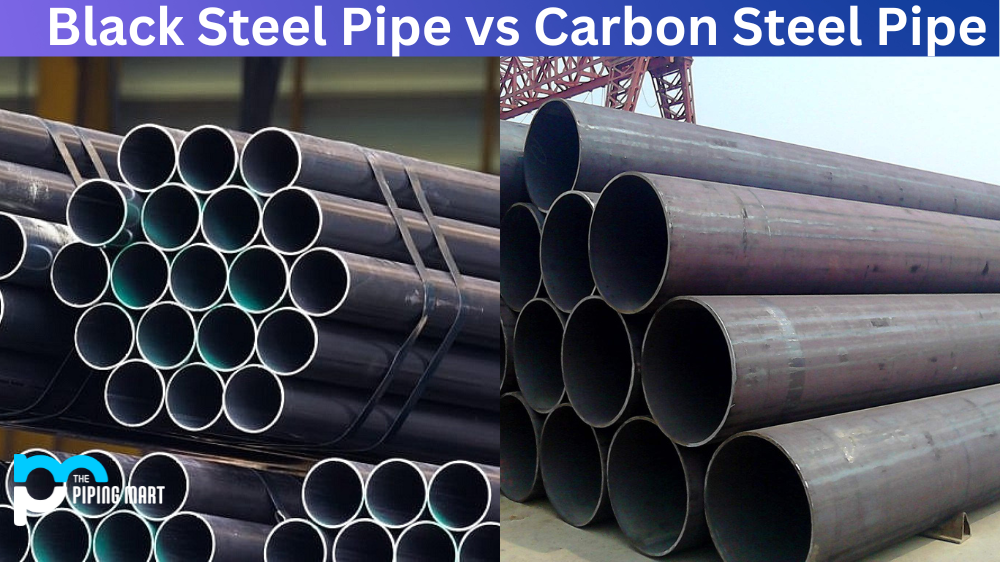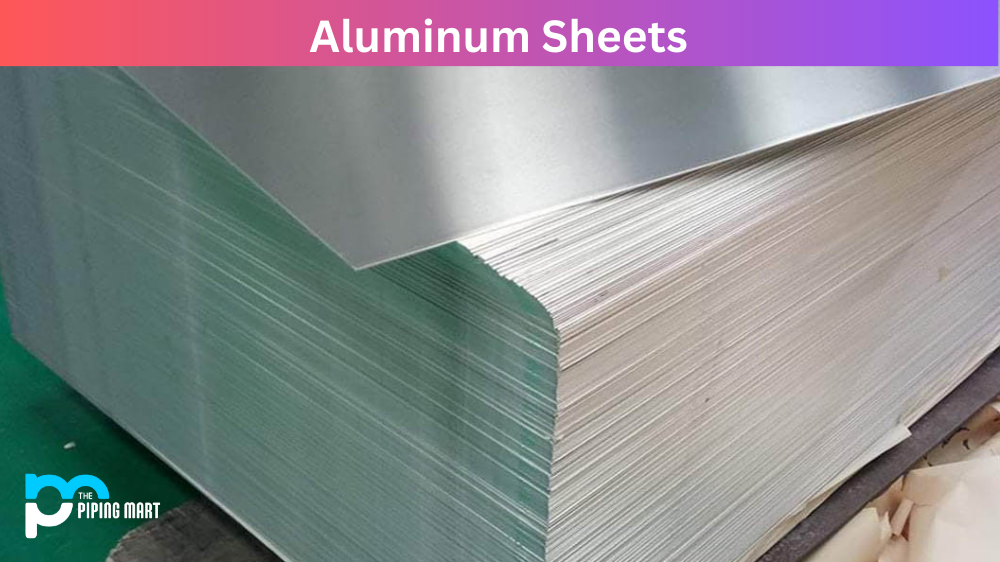1060 carbon steel and 1095 steel are both popular steel types used in various applications. But what exactly sets them apart? Let’s explore the differences between these two types of steel to help you decide which one is best suited for your needs.
1060 Carbon Steel
1060 carbon steel is a medium-low carbon steel that is commonly used in blades, swords, and other tools. It has low levels of manganese and sulfur, making it an ideal choice for forging and heat treating. In its normal state, 1060 carbon steel can be hardened to a maximum HRC rating of about 58-62. This makes it a good choice for applications requiring toughness and strength without sacrificing sharpness or durability.
1095 Steel
1095 steel is a high-carbon alloy typically used in knives and other cutting tools. It has a higher carbon content than 1060 carbon steel, making it harder and more brittle than its counterpart. When properly heat treated, this type of steel can reach HRC ratings of up to 65-67, making it an excellent choice for applications that require exceptional hardness and strength. However, due to its high hardness rating, it can also be difficult to sharpen when compared to softer steels such as 1060 carbon steel.
Difference Between 1060 Carbon Steel and 1095 Steel
Composition
1060 carbon steel is a carbon steel with an approximate carbon content of 0.60%. 1095 carbon steel is a carbon steel with an approximate carbon content of 0.95%. These steels are often used for making knives and other cutting tools since they hold an edge well and can be easily sharpened.
Hardness
1060 carbon steel is less hard than 1095 carbon steel, making it easier to sharpen but also more susceptible to damage and wear over time. 1095 carbon steel is very hard and can retain an edge well, but it is also more difficult to sharpen.
Edge Retention
Both 1060 and 1095 carbon steels will retain an edge well, but 1095 will do so for longer due to their hardness. However, both types of steel will eventually need to be sharpened frequently with use.
Corrosion Resistance
1060 carbon steel is more resistant to corrosion than 1095 carbon steel, making it a better choice for knives that may come into contact with water or other corrosive substances. However, both types of steel will rust if not properly cared for and protected from the elements.
Price
1060 carbon steel is typically less expensive than 1095 carbon steel since it is easier. This makes it a good choice for budget-conscious shoppers who still want quality knives.
Availability
1060 carbon steel is more widely available than 1095 carbon steel since it is less specialized. This means that it may be easier to find knives made from 1060 carbon steel, especially if you are looking for a budget-friendly option
Conclusion:
The decision depends on your individual needs when choosing between 1060 carbon steel and 1095 steel for an application requiring strength and durability. If you need a strong but relatively easy blade to sharpen, then 1060 carbon steel may be the right choice. On the other hand, if you need extreme hardness without sacrificing too much on sharpening ability, then 1095 might be better suited for your application. Ultimately, the best way to choose between these two metals is by considering your specific requirements and understanding how each metal performs differently in various situations.

A passionate metal industry expert and blogger. With over 5 years of experience in the field, Palak brings a wealth of knowledge and insight to her writing. Whether discussing the latest trends in the metal industry or sharing tips, she is dedicated to helping others succeed in the metal industry.




